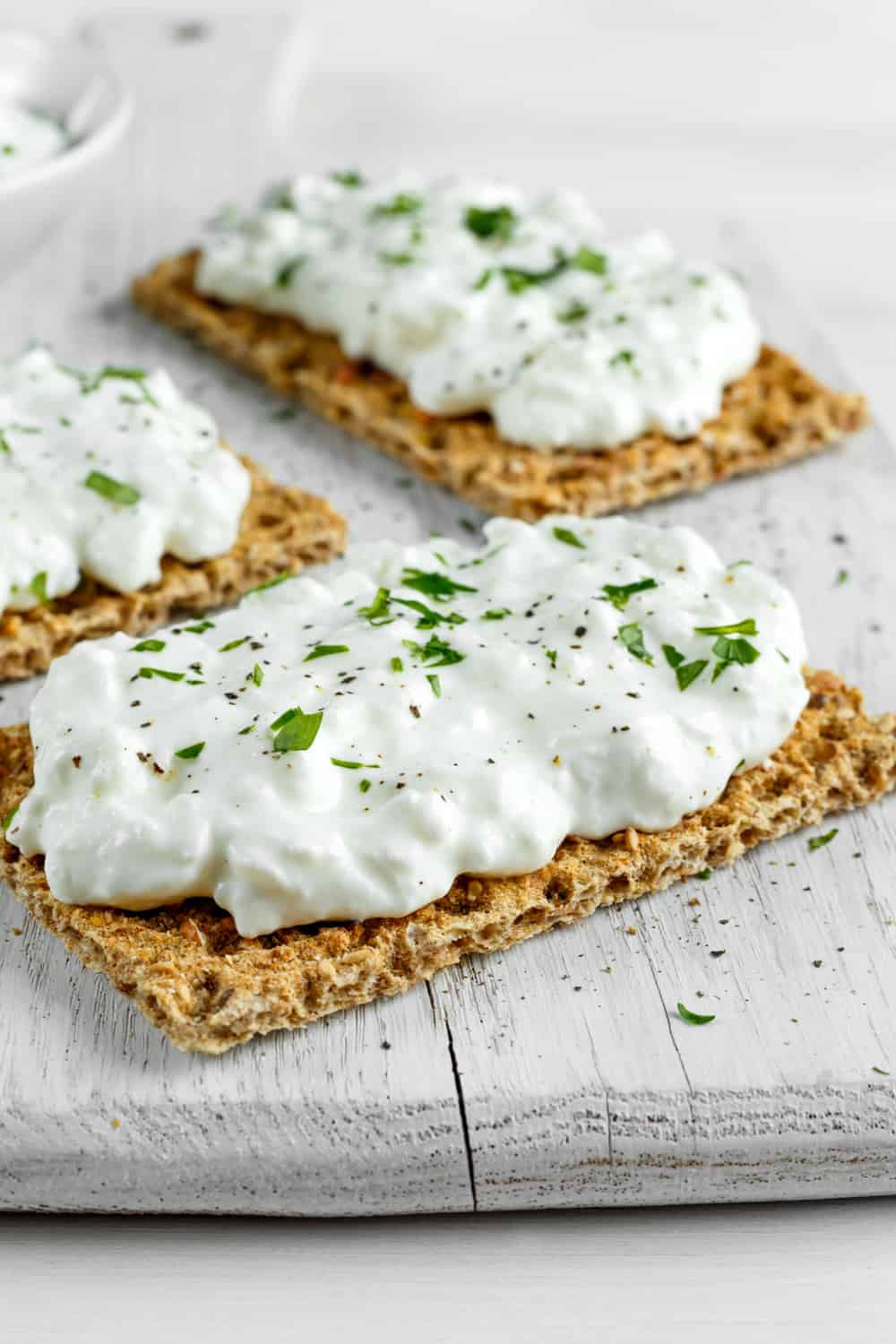Does Baking Cream Cheese Kill Bacteria
Thorough cooking should kill any bacteria so it should be safe to eat cooked soft cheeses such as baked brie or deep-fried camembert or dishes that contain them. Baking moldy cheese at high temperatures to kill the mold is not recommended.
You can speed up this recipe by using a store-bought pound cake or baking.

Does baking cream cheese kill bacteria. Storing Baked Cream Cheese. Still cool but not cold. The cheese is cut into cubes or slices placed in hot jars and melted in a 200F oven.
Coli Listeria and Salmonella. Boiling does kill any bacteria active at the time including E. Cream cheese is a refrigerator staple for many and rightly so.
Does cooking kill bacteria. Does baking at high temperatures kill mold on cheese A 41-year-old male asked. I take 40mg pantaprozol.
Read on to learn which foods are more likely to contain Listeria and. While the production of the contaminated cheese was immediately halted and the products recalled a total of eight individuals lost their lives while others were made terribly ill. The video demonstrates canning Cheddar cheese and cream cheese.
I accidentally ate some moldy shredded cheese. For instance if the utensil cut meat or other food items it transfers the microbes to the cheese. Now Listeria outbreaks are often linked to dairy products and produce.
Dangerous Bacteria Spores Unfortunately some bacteria extend their lives by producing spores dormant forms of the bacteria that survive harsh conditions. On very hard cheeses it may be safe to remove the mold and eat uncontaminated parts. In some countries a Cream cheese-type product is made by combining a Quarg-like curd with cream or butter.
For items with a large amount of cream cheese like cheesecake its best to refrigerate after baking to prevent bacterial overgrowth and food poisoning. It was out about 8 hours. House temp was 68 degrees.
However bacteria in the air reinfect some foods within two hours so refrigerate cheesecakes or cakes with cream cheese frosting within at least two hours of baking. Listeria bacteria can cause listeriosis which usually leads to flu-like symptoms and diarrhoea. Cream cheese is made using a starter culture from lactic acid bacteria.
This is not the case with soft shredded or crumbled cheeses. But a number of survivalist species of bacteria are able to form. The jars are closed with two-piece canning lids and processed for 20 minutes in a boiling water bath.
Ensure the utensils you use to cut and spread the cream cheese are clean free from bacteria that can come into contact with the cheese. Other items like brownies and cookies that only have a small amount of cream cheese dont need to be refrigerated since the flour and sugar absorb excess moisture. It is absolutely essential that appropriate disinfectants are used properly lots of salt and that possible food for the bacteria be limited.
Raw milk and raw milk products including soft cheese ice cream and yogurt can be contaminated with harmful bacteria and other germs that can cause serious illness hospitalization or death. Cream cheese is used on bagels in salads and as an ingredient in flavored spreads frostings and cheesecake. These harmful germs include Brucella Campylobacter Cryptosporidium E.
A wide range of micro-organisms bacteria yeasts and molds can cause spoilage and food-safety issues with baked products. Raw milk can cause serious illnesses. The fat contributes to moistness and richness that makes tender cakes says.
Moved from Home Cooking I did the dumbest thing--left out a baggie of chicken thighs to defrost and forgot to put it away when I went to bed. Feel free to bake intentionally moldy cheeses like gorgonzola or brie for tasty and warming recipes but if your cheese is not meant to be moldy baking. Its simply cream that has been soured and thickened with lactic acid bacteria which gives the cream flavor and creates its signature texture says Tracy Wilk lead chef at the Institute of Culinary Education.
However these can be minimized by adopting strategies to prevent post-baking contamination destroy post-baking contaminants and control the growth of post-baking contaminants. It adds a subtle tang to the flavor or baked goods. Some of these strains of bacteria are probiotics which are friendly bacteria that offer health benefits 12.
A Youtube video indicates that all kinds of cheeses including cream cheeses may be canned. Boiling for many minutes at a higher temperature or baking does kill them but not ergot another mold and also destroys aflatoxin they produced and left in the food. Cream cheese was first made in the United States in 1872.
This prevents bacteria from entering the container and spoil the cream cheese. The recipe is fairly simplelactic acid bacteria are added to cream or sometimes a combination of milk and cream and this causes the pH of the cream to decrease which in turn makes it coagulate. Investigators have traced recent outbreaks to soft cheeses celery sprouts cantaloupe and ice cream.
Listeria is a harmful germ that can hide in many foodsOutbreaks of Listeria infections in the 1990s were primarily linked to deli meats and hot dogs. People also ask does heating cheese kill listeria. How To Soften Cream Cheese Safely.
Should i be worried i dont have enough acid to kill.
Is It Safe To Eat Cream Cheese During Pregnancy
No Bake Brownie Cheesecake Recipe By Tasty Recipe Cheesecake Recipes Baking Cheesecake
Vegan Cashew Cream Cheese Foodcraftlab Food Science And The Quest For Flavor
Does Cream Cheese Go Bad How Long Does It Last
Is It Safe To Eat Cream Cheese During Pregnancy
Does Cream Cheese Go Bad How Long Does It Last
